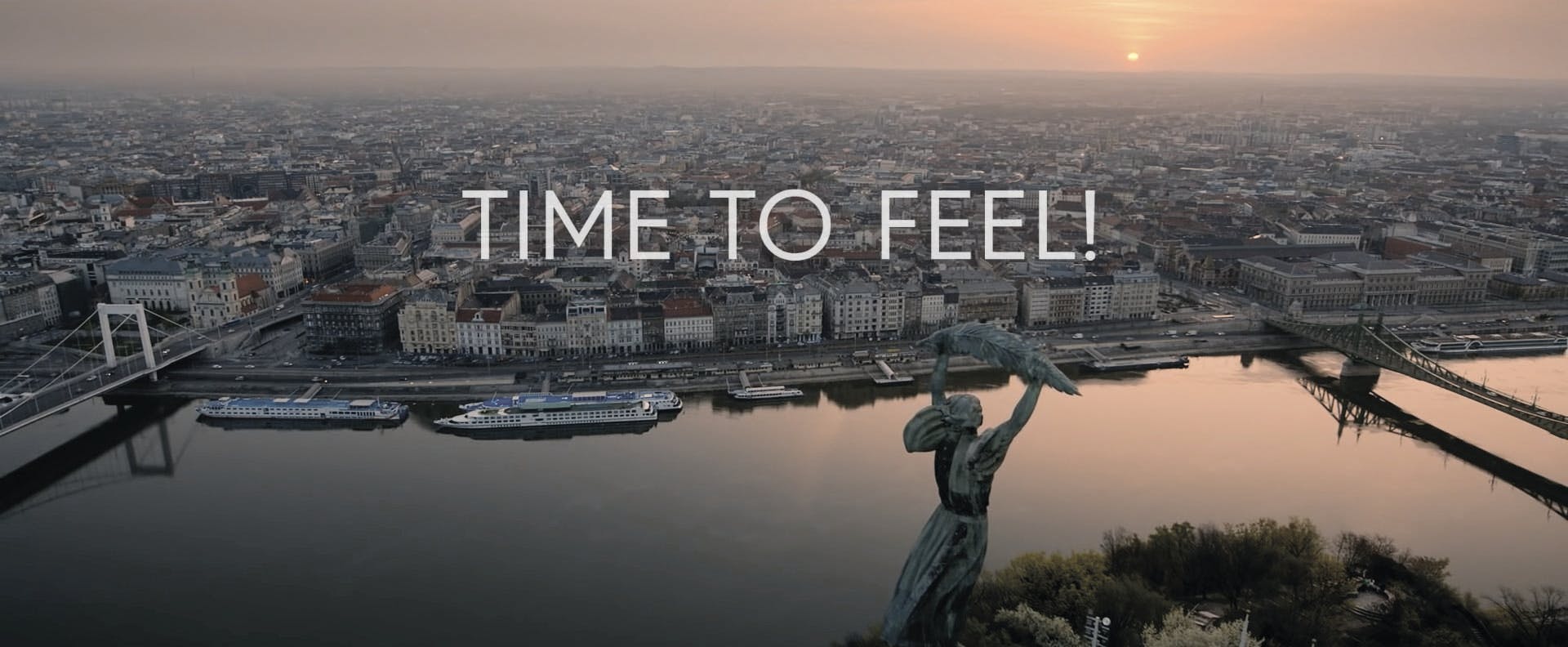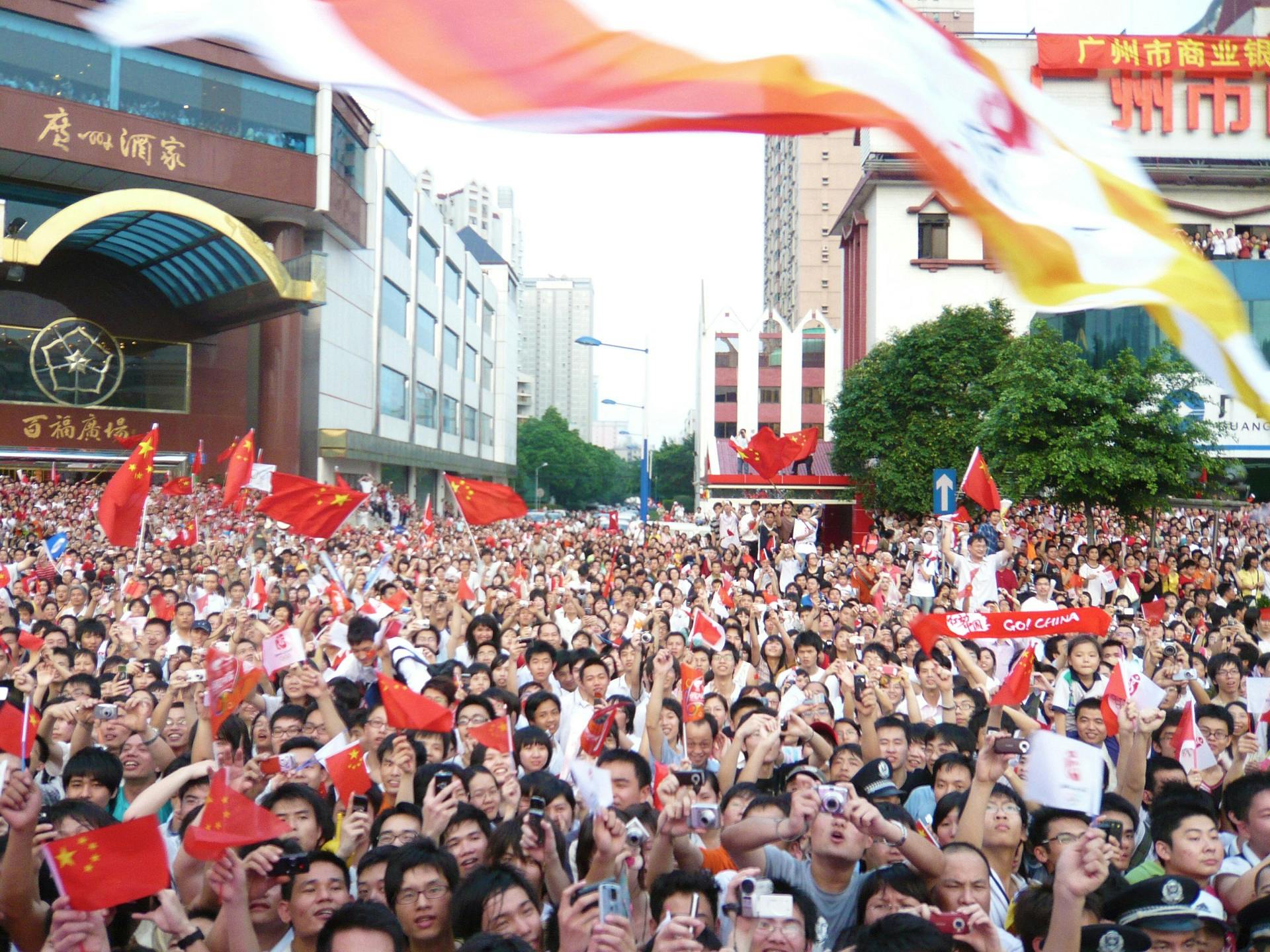The convergence of the physical and virtual worlds is providing new opportunities for proactive brands and rights-holders that are looking to engage with future sports fans, according to the leading London-based M-is agency.
With a truly global outlook, M has amassed a track record over 30 years of pioneering innovative communications strategies and technologies to provide advice and support to organisations, companies, cities and regions attempting to cut through the clutter in an intensely competitive industry.
Staying ahead of the curve and reacting quickly to the behaviours and demands of younger generations is becoming increasingly important. A good example would be the need for authenticity when marketing to young people.
In the UK, sports like football, rugby union and cricket have experienced growth in attendances among millennials since 2012, when London hosted the summer Olympic Games.
The BBC recently reported that the proportion of ticket-buyers aged between 16 and 24 had increased from 15 per cent in 2012 to 23 per cent in 2018, while the number of millennials attending sporting events had also rocketed from 16 to 21 per cent. Why? Because their focus is the live event environment. They live in and for the moment and then share it with their own social media tribe.
Digital opportunities
With tech-savvy youngsters displaying an increasing interest in sport, opportunities on digital platforms are becoming plentiful.
The experience of attending live sporting events can be shared across social media platforms, merging the physical and virtual worlds. This provides a unique perspective for the spectator and their social media community.
Rights-holders are increasingly realising that the live experience can be taken one step further, with the use of dedicated mobile applications within stadium and arena environments.
“The ‘experience economy’ is evolving and offering virtual, immersive and physical experiences at the same time to these young audiences,” M’s strategy and communications director, Leanne Arnold, says. “It offers a plethora of activation opportunities for the sports themselves and the top sponsors.”
Traditional media platforms are facing a battle for eyeballs from online-streaming platforms such as Amazon, Facebook, Netflix and Twitter, and younger viewers are demanding sports coverage on their terms.
Moreover, there are subtle differences in the consumption habits of different generations, with Arnold highlighting the example of the US and “tribal sports” such as American football’s NFL.
“Both millennials and Generation Xers watch live sport with the same amount of frequency, but where they differ is that millennials stream live events more frequently and use social media to check for scores,” she says.
Immersive experience
According to management consultancy McKinsey, 60 per cent of millennials check social media for scores and updates on their favourite sports and teams in comparison with 40 per cent of Generation Xers.
“For Generation Xers they are starting to opt for immersive experiences within the live environment,” Arnold says.
Examples of immersive fan experiences include The Tunnel Club at English Premier League football club Manchester City, where spectators can enjoy a five-star meal whilst watching the players at close quarters as they stroll onto the pitch and warm up at the pitch side.
Similarly, the Samsung Slider at rugby matches provides a unique pitch-side experience, allowing spectators to be shifted at speeds of up to 20 miles per hour on an 80-metre long, custom-built track.
Additionally, technology company Blippar’s work around the 2015 Rugby World Cup ensured that supporters could be offered a social and augmented reality experience. Upon downloading an app and scanning a ticket, fans could receive a 3D view of their seat within the stadium and watch interviews with current and former rugby stars.
These examples demonstrate just how important live, immersive and virtual realities are to sports fans – and therefore how important they should be to sports, sponsors and venue activations. For M, the immersive fan experience has become a critical part of the sports industry’s innovative marketing activation landscape.
Convergence
“With convergence, there’s a transformation occurring in the industry, and due to that there is a great opportunity for sponsors and brands to offer unique experiences,” Arnold says.
“As an agency, we understand how audiences engage, but also how brands operate and activate for millennials. Younger generations might like watching Formula One, for example, but ahead of going to a race, they will check various media channels to understand what is going to be happening. That is a common approach for millennials.
“With Generation Zers, they are very much driven by social media platforms such as Instagram and Snapchat, which give them a perspective of people’s lives and personalities and, in sport, a much greater opportunity to find out about an event and its participants.”
M has kept abreast of the latest innovations via a variety of methods. For example, when the agency was serving as an adviser on vision, strategy, communications and international relations for Budapest’s bid to host the 2024 Olympic and Paralympic Games, M teamed up with SportBusiness Group to provide a timely report on second-screen usage.
Future directions depend on technological developments, which are unpredictable. However, M is ready to pivot to any fresh opportunities in areas such as augmented and virtual reality, to connect with up-and-coming generations.
Fan experiences
Experiences have been central to many of the activations M has spearheaded over recent years. For example, M was appointed to create and deliver the 2015 Rugby World Cup trophy relay and fan zone experience for Mastercard. The agency has also supported other torch relays at major events, including the Asian Games and Olympic Games.
“A torch or trophy relay today will be very different to how it was five years ago. Organisers and sponsors will continue to integrate digital technologies into the overall fan experience,” Arnold adds.
To stay ahead of the curve on fan experience and technology, M continues to carry out its own research programmes, whilst working with futurologists and other influential figures.
Such relationships and research feed into M’s 360-degree approach led by a 130-strong team at its global headquarters in London. The agency has considerable experience of working with governments, cities, individuals and brands worldwide to create and shape strategies that drive growth, jobs and investment in the long term.
This ensures that M is able to adopt a broader approach when it is invited to support a bid for a major sporting event – as was the case with Budapest’s bid for the Olympic and Paralympic Games.
“Cities can benefit from bidding for a major event if they adopt the right strategy, and that was certainly the case with Budapest, which benefited from the strength of its bid by going on to stage the 2017 World Aquatics Championships and becoming a major player in event-hosting,” Arnold says.
Track record
In recent years, M’s major event projects have included creating, designing and delivering integrated events and communications solutions, such as horse racing’s Dubai World Cup and supporting the National Olympic Committee of Peru’s successful bid to host the 130th International Olympic Committee Session 2017.
“Working with cities can involve nation-building strategies,” Arnold says. “It is also about B2B and consumer brands and how they access different audiences pre-Games and throughout the Games, whilst not forgetting how they can gain from post-event activation.
“Part of our advisory role is to talk cities through a holistic approach, and you need to develop links and relationships with numerous individuals, organisations and city leaders to maximise the opportunities in terms of culture, tourism and sports.”
For Arnold, the loyalty of M’s clients illustrates the agency’s winning formula to stay one step ahead, which starts from within.
“We have worked from Beijing to Doha and London to Lima, so we have a global reach,” she adds. “We understand audiences and we have younger generations coming through the business as well, to add fresh ideas.
“Some of our clients have been with us for 15 years, and I think that says it all. Having remained independent, it means we can be agile and flexible – and that is going to be increasingly important in the years to come.”

